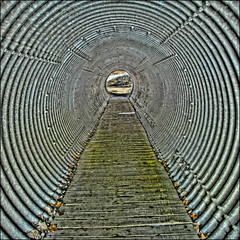Designing A Restaurant

At times, excellent food and superior service is not enough for a restaurant to become a hit to customers. Sometimes a good restaurant design is what called for. Here are some guidelines for creating that ambiance.
First of all, the owner or the restaurant manager should determine their target customers for this restaurant. Do they have in mind the Class A, Class B, or Class C? Class A customers would be those rich people who don't have to work to earn any money. Salaried professionals and educated workers are considered class B. People who do manual labor are those who belong to class C.
Based on the target customers, create a setting that would speak to the customer. Is it formal or casual? The budget for the design should also be established. Is it high-end, mid-scale, or budget? Determine what kind of atmosphere you are trying to implement. Is it going to be a theme restaurant? What is the locale of the site? Will the menu match the setting or theme? Does the budget of the design and construction go with the expectations of the client?
The visual display must compliment each other thru texture, color, contrasting materials, seating, and tabletops. Even the dishes, glassware, and the silver must contribute to the design. The guests' experience should be improved by what they see. Design elements should mirror the ambiance that is being intended as well as the expectations of the customer.
The bar and the kitchen work hand in hand. Make sure ample space is allocated for the servers to move with ease. The traffic should not be congested. The drinks should be served as quick as possible. The kitchen should follow the standards of culinary requirements. The workstation of the chef should be complete and he should be able to reach everything he needs.
Divide large spaces into cozy, intimate pockets using banquettes, booths or screens. Grand architectural elements like columns and fireplaces should accentuate large airy spaces. Eliminate emptiness, expand the sense of space with the use of mirrors. Plus, it is also a great tool for observing people without invading their privacy.
You can highlight focal points in the restaurant by using dramatic lighting. You can also highlight a piece of artwork, a wall of unusual texture, or even the dining tables themselves to create a dramatic effect. An example of this is bathing tabletops with beams of light in a half-dark room. The diner's attention will be focused on the plate presentation creating a sense of intimate space. High ceilings coupled with brightly lit spaces suggest a sense of energy and vitality. Low ambient lighting from wall lamps or sconces can create a cozier feel.
Of course, it is also important that the furniture would compliment the design. Choose carefully the restaurant tables chairs. You can visit AmTradeCo.com and choose from our selection of outdoor restaurant furniture.
Publish This Article
- 6569 reads
